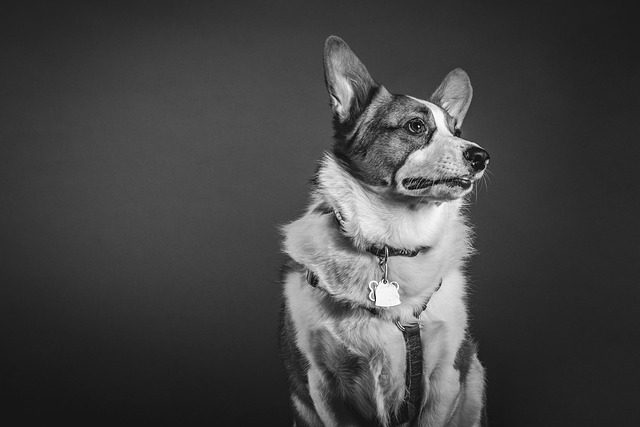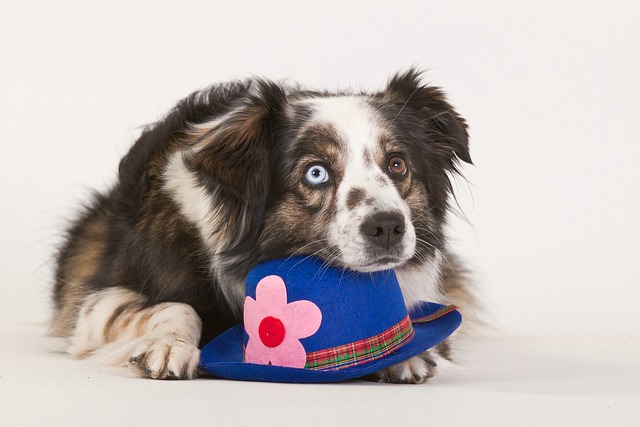
Do ticks attach to dogs' eyelids
It’s a moment that might make any dog owner’s heart skip a beat: finding a tick attached to your dog’s eyelid. Yes, as unsettling as it sounds, ticks can and do latch onto this delicate area.
I sat with my friend Mia in her Seattle apartment living room last weekend, spread out on the floor with her 2-year-old Australian Shepherd, Ruby—who kept lifting her paw to scratch a bumpy red rash on her belly, then darting away when Mia tried to look closer. “One day she had nothing, the next this—are all dog rashes the same? I have no clue what I’m looking at with these types of dog rashes,” Mia said, scrolling through blurry phone photos of Ruby’s skin. If you’re a new U.S. dog owner staring at splotches, bumps, or redness on your pup, knowing the common types of dog rashes isn’t just “know-how”—it’s how you figure out if it’s a quick fix or a vet trip.
To understand why different types of dog rashes happen, let’s start with their skin’s basics. A dog’s skin is thinner than ours, with a delicate barrier that keeps irritants out. Mia’s vet explained that when that barrier breaks—from allergies, pests, moisture, or even friction—your pup’s body reacts differently, creating distinct rash types. Unlike humans, dogs can’t point to the problem, so recognizing the “look” of each rash helps you trace the cause. For example, Ruby’s bumpy rash? It turned out to be flea allergy dermatitis—common in Seattle’s damp weather—while a neighbor’s pup had a yeast rash (oily, smelly) from apartment humidity. Scolding a dog for scratching any of these? Total mistake—it violates U.S. animal welfare standards, since they’re just soothing pain, not misbehaving.
Here’s a breakdown of the most common types of dog rashes, how to spot them, and first steps—using Ruby’s journey as a guide: First, Allergy Rashes (the most common). These are red, itchy, and often show up on bellies, paws, or ears. If it’s seasonal (like pollen), it flares after walks; if it’s food-related, it lingers. Ruby’s first rash (before the fleas) was from grain in her old kibble—small red dots that spread when she scratched. Switching to a vet-approved hypoallergenic food cleared it up. Second, Flea Allergy Dermatitis. Even one flea bite triggers tiny, bumpy red spots (called “flea dirt” clusters, which look like black pepper). Mia found these on Ruby’s belly and realized she’d skipped her monthly spot-on treatment. A flea bath (with vet soap) and treats afterward (positive reinforcement!) got Ruby to sit still. Third, Yeast Rashes. Oily, smelly, and often on skin folds (like Ruby’s elbows) or ears—common in humid apartments. They look dark red or brown, with flaky skin. A neighbor’s Pug had this; a medicated wipe and dehumidifier fixed it. Fourth, Contact Dermatitis. Flat, red splotches from touching something irritating—like grass, cleaning products, or even a new dog bed. If it’s on their belly (from lying on concrete) or paws (from walking on chemicals), this is likely it.

For apartment living, preventing different types of dog rashes starts with small tweaks: Vacuum carpets weekly (kills flea eggs and dust mites that trigger allergies) and avoid scented laundry detergent for their bed (fragrances cause contact dermatitis). Use a dehumidifier if your space feels sticky (cuts down yeast growth). When walking, stick to paved paths (avoids irritant grass) and always carry two things: poop bags (Seattle fines $125 for leaving messes, even when you’re checking for fleas) and a paw wipe to remove pollen or chemicals. Never skip vet visits for rashes that ooze, smell, or don’t fade in 48 hours—Ruby’s flea rash got better fast, but a yeast rash might need oral meds. Keep your dog’s rabies vaccine up to date (required nationwide)—vets won’t treat skin issues without proof of core shots, and delays can turn mild rashes into infections.
A week later, Mia texted me a photo: Ruby rolling on the rug, her belly clear, no sign of scratching. Knowing the types of dog rashes turned Mia’s panic into action. For your pup, it’s the same—once you can name the rash, you can fix the cause. It’s not about being a “dog expert”—it’s about knowing your dog’s skin like the back of your hand.

It’s a moment that might make any dog owner’s heart skip a beat: finding a tick attached to your dog’s eyelid. Yes, as unsettling as it sounds, ticks can and do latch onto this delicate area.

Most pet parents notice their dog’s wag or bark first—but their breathing tells a quiet, important story too. Catching respiratory issues early starts with knowing what’s “normal” for your pup, and spotting small shifts that might slip by.

I sat with my friend Zoe in her Denver apartment last week, watching her 18-month-old Pug, Gus, rub his face raw on the carpet—his eyes watery, paws pink from licking

Watching a dog scratch, lick, or rub their skin raw is one of the most worrying sights for any pet parent.

You might notice your dog licking a red, bumpy patch on their belly nonstop, or spot oozing sores around their paws—these could be signs of pyoderma, a common bacterial skin infection in dogs.

Every new dog owner dreams of happy walks in the park and cozy cuddles on the couch—but there’s a hidden threat that can turn those joys upside down: canine parvovirus.